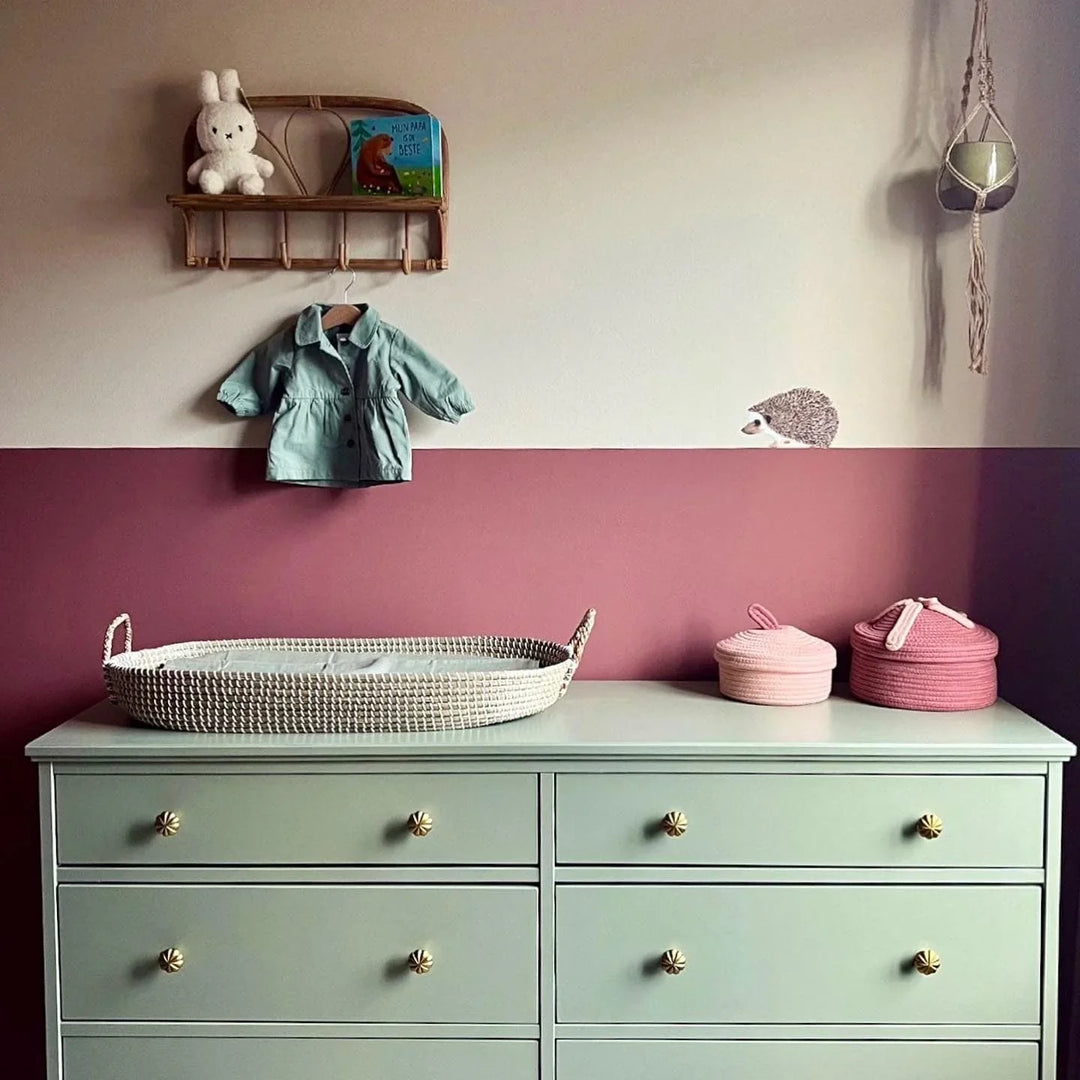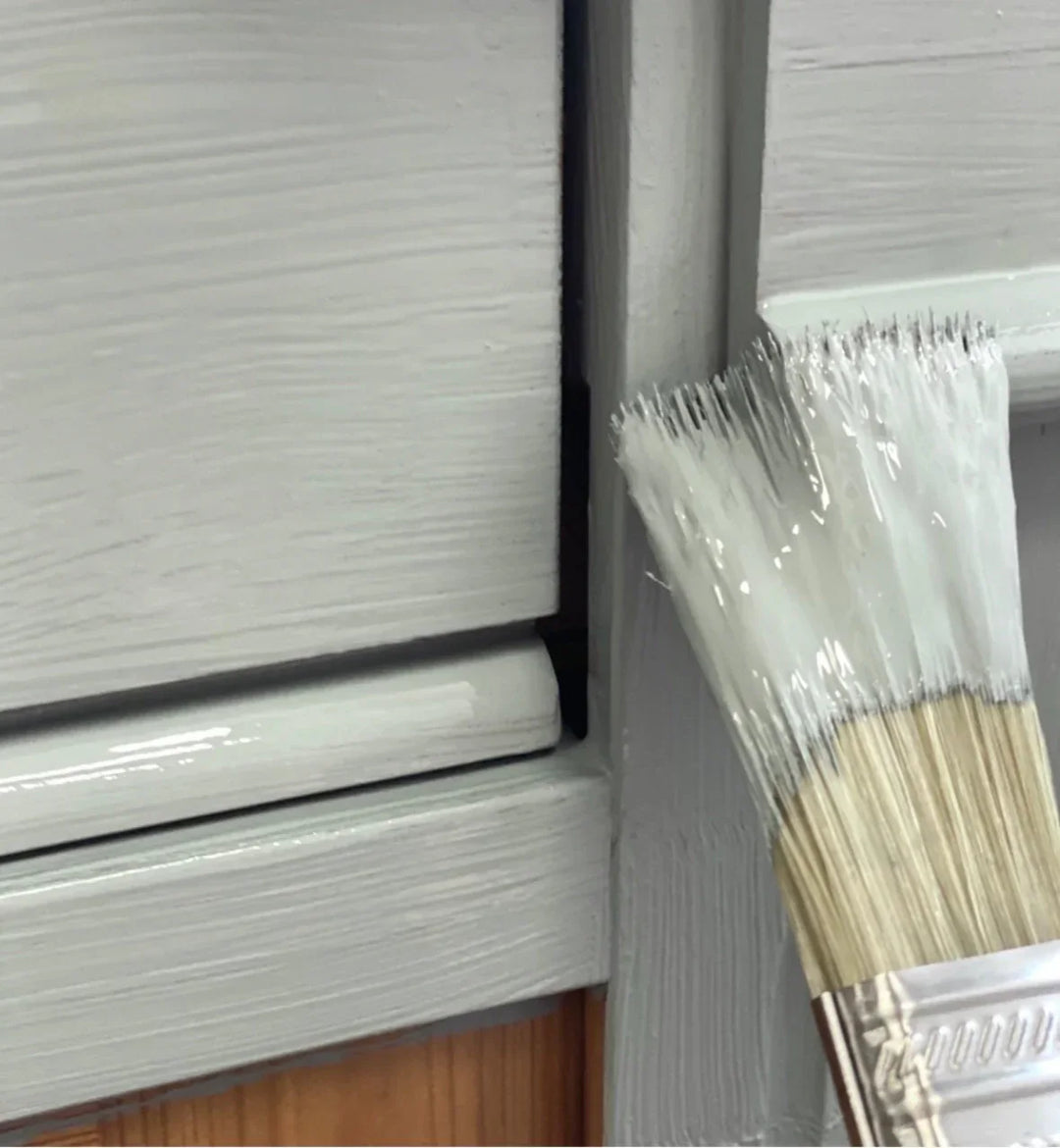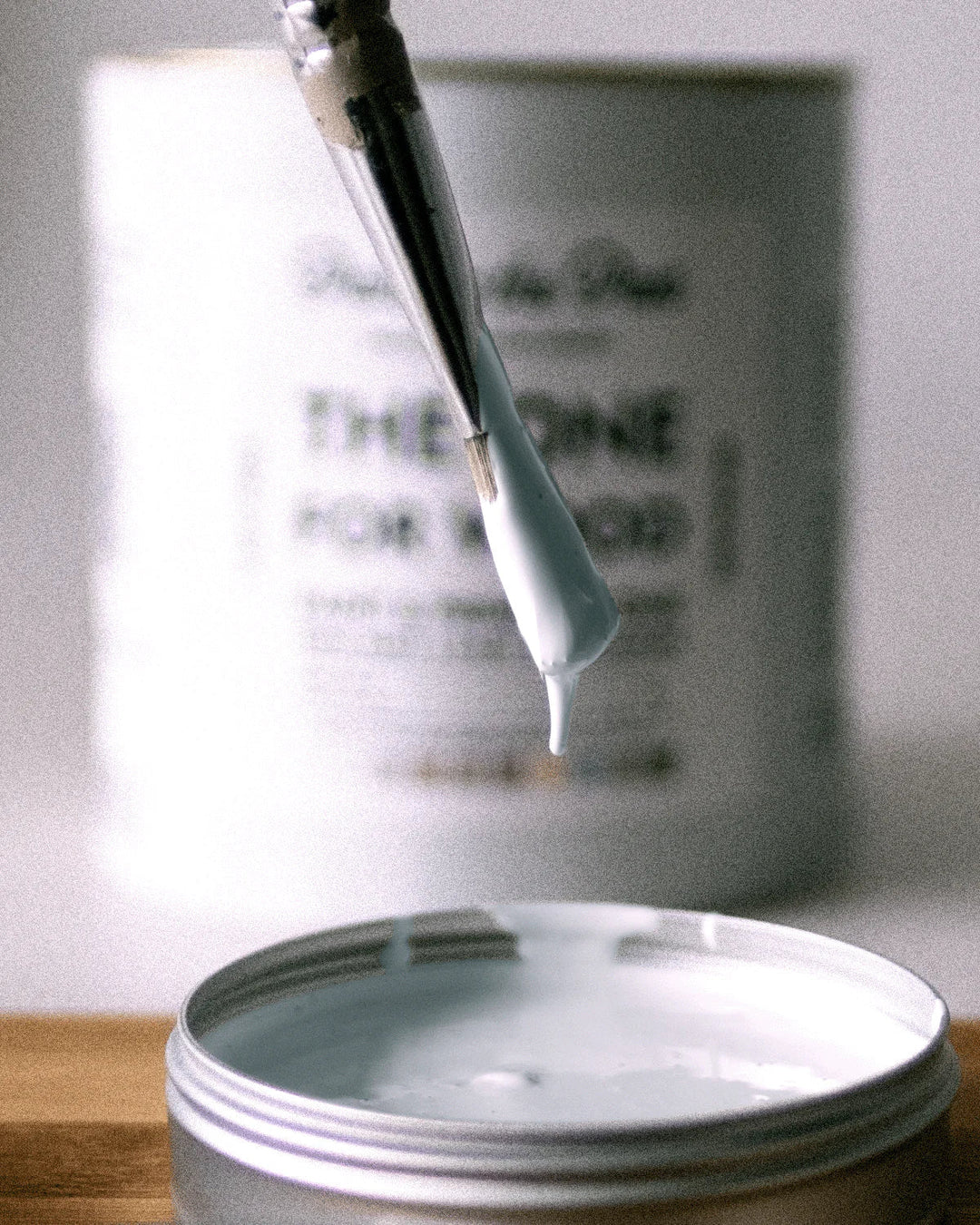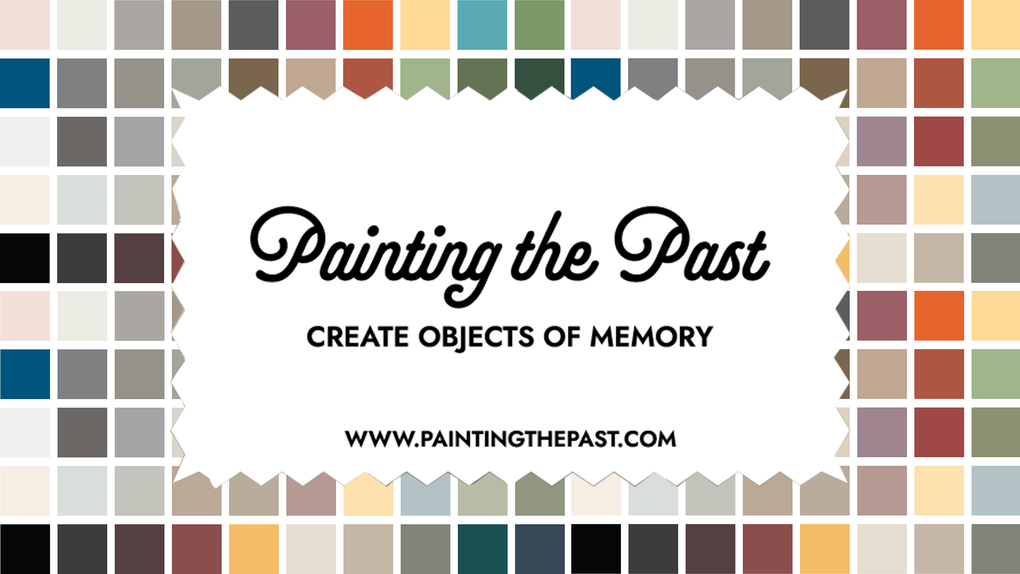When choosing paint for a wood project, durability is one of the most important factors. A good paint should do more than just look great when freshly applied. It should withstand daily use, resist damage, and stay beautiful for years.
But not all paints are created equal. Some chip easily, require extra protective coatings, or struggle to adhere to previously painted surfaces.
A truly durable paint should offer strong adhesion, a smooth, non-porous finish, and excellent resistance to scratches and stains.
Here’s what to look for when selecting a long-lasting paint.
What makes paint durable?
Durability isn’t just about how hard the paint dries. A high-quality, long-lasting paint needs:
- Strong adhesion – so it bonds well to different surfaces, including previously coated wood.
- Flexibility – so it moves with the natural expansion and contraction of wood without cracking.
- Scratch and stain resistance – to protect against daily wear, cleaning, and accidental impacts.
- A smooth, non-porous finish – so it repels dirt and moisture instead of absorbing them.
Many paints fall short in one or more of these areas, leading to chipping, peeling, or needing extra protective layers like wax or sealant.
How durable paint protects your surfaces
Durable paint makes a real difference in how well a surface holds up over time. Here’s why it matters:
- Scratch and chip resistance – Essential for furniture, cabinets, and other frequently used surfaces.
- Withstands cleaning – A paint that allows for regular cleaning without damaging the surface lasts longer.
- Moisture protection – Helps prevent wood from swelling, cracking, or peeling due to humidity or spills.
A high-quality durable paint eliminates the need for constant touch-ups and maintenance, making projects more long-lasting and cost-effective.
Why Painting the Past’s paint is built to last
Unlike many paints that require additional protective coatings, Painting the Past’s formula is designed to be both highly durable and easily cleanable — all without needing a separate wax or sealant.
Key advantages of Painting the Past’s paint:
- No need for a wax layer – Unlike some chalk-based paints that require a wax or sealant for durability, Painting the Past’s paint forms a tough, protective layer on its own.
- Premium-quality binders – The formula uses high-quality binders that ensure superior adhesion, even on previously coated wood.
- Less porous finish – Many paints absorb dirt and stains over time, but Painting the Past’s paint has a smoother, more resistant surface that repels moisture and grime.
- Consistent, professional finish – The paint spreads evenly and maintains its smooth, matte look without developing a rough texture over time.
Painting the Past doesn’t cut corners when it comes to durability. Instead of using lower-cost ingredients, the brand prioritizes high-performance binders and pigments, ensuring a longer-lasting, more resilient finish.
Final thoughts
Choosing the right durable paint means your projects will look great for longer and require less maintenance. A truly high-quality formula should provide strong adhesion, a smooth finish, and excellent resistance to wear and cleaning— without needing extra layers of protection.
With Painting the Past’s durable, cleanable paint, you get the perfect balance of strength and beauty, making it the ideal choice for furniture, cabinets, and decorative wood surfaces.
Want a long-lasting finish without extra effort? Discover Painting the Past’s durable and easy-to-clean paint today.




